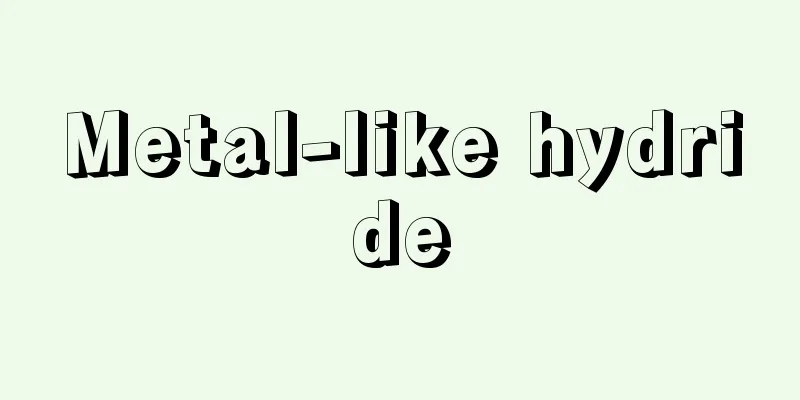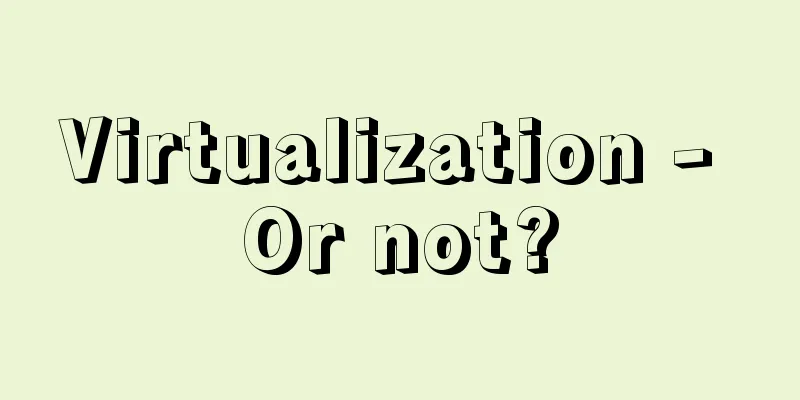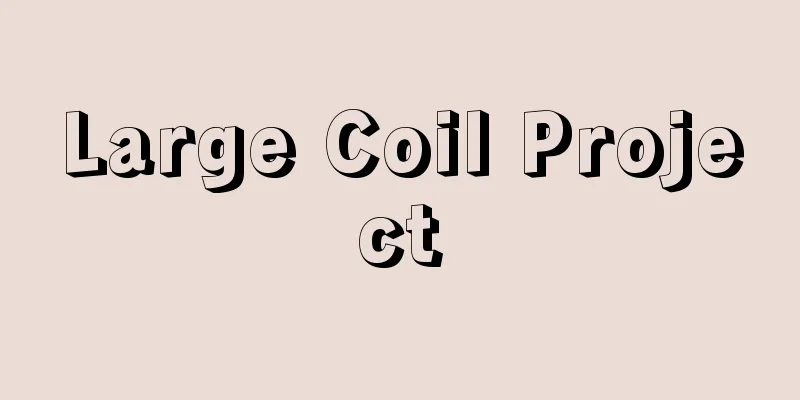Distorted perspective - perspective tordue [France]
![Distorted perspective - perspective tordue [France]](/upload/images/67cd3ffeb4445.webp)
|
This is a method of depicting animals in which the body is viewed from the side, and the horns and hooves are twisted to appear as if they are viewed from the front or three-quarters front. According to Breuil, this technique is characteristic of paintings from the Aurignacian period (Périgord culture) of the Late Paleolithic, and is not found in paintings of the Solutre or Magdalenian periods. However, subsequent research has revealed that this technique is used in paintings of the Magdalenian period, especially in the most evolved stages of animal figures such as those in the Altamira cave, and it has been concluded that this technique is universal to all Paleolithic paintings. Source: Heibonsha World Encyclopedia, 2nd Edition Information |
|
動物を描く際,身体は側面から見,角や蹄(ひづめ)は正面ないし4分の3正面から見たようにねじ曲げて表す方法をいう。ブルイユによると,この描法は後期旧石器時代のオーリニャック期(ペリゴール文化)の絵画の特色で,ソリュートレ期およびマドレーヌ期の絵画には見られないとされた。しかし,その後の研究によって,マドレーヌ期の絵画,それもアルタミラ洞窟の絵画のような最も進化した段階の動物像にもこの描法が用いられていることがわかり,旧石器時代の絵画全体に普遍的な描法であるとされた。
出典 株式会社平凡社世界大百科事典 第2版について 情報 |
Recommend
Vinylidene chloride
One of the dichloroethylene derivatives of ethyle...
Coreopsis basalis (English spelling)
… [Eiichi Asayama]. … *Some of the terminology th...
Inuit
The name comes from the Abnaki and Ojibwa words o...
Dionysios Thrax
An ancient Greek grammarian from around 170-90 BC....
Otsukayama Tomb - Otsukayama Tomb
[1] Tsubai Otsukayama Tomb. A keyhole-shaped tomb ...
Gondola - Gondola (English spelling)
A light hand-operated boat used in the canals of ...
"Longing" (Literature) - Longing
…Dropped out of Morioka Prefectural Junior High S...
Reed boat - Ashibune
A type of water transport made from reeds. We can...
Nuclear spin resonance
...Abbreviation: NMR (or nmr). Also called nuclea...
Pictorialism
…A term used in photography. Translated into Japa...
Hero worship
〘 noun 〙 To praise and revere a hero's outstan...
Wolf, Christa
Born: March 18, 1929 in Landsberg an der Warte [Di...
Ekiti
...They are an agricultural people whose main cro...
serir
…The landforms formed by deflation include desert...
Leaf insect (leaf insect)
A general term for insects belonging to the order ...









